5 Ground-Breaking Design Technologies Top-Tier Tech Companies Are Adopting
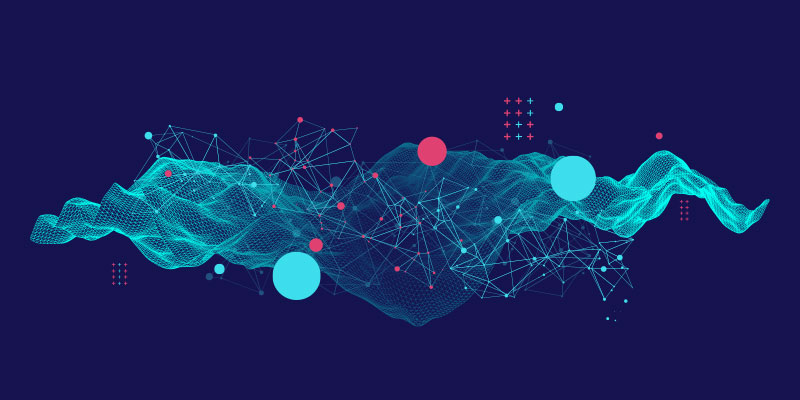
Featured Image: iStock/KrulUA
Technology and innovation have become a part and parcel of the design industry. They’ve changed the way we work, connect, learn, play and live our lives everyday. Technology has no doubt made it all easy-peasy. In today’s world, designing without technology is almost impossible to imagine.
Design technologies are the foundation of design trends, the foundation of products. Design optimized by technology has evolved, and so have design trends.
Today, there are many new design technologies that tech companies are adopting to create their products. Some of the new design technologies include AI-powered rendering, machine learning, virtual reality (VR), augmented reality (AR), managing XR, and voice recognition software.
This article will explore seven ground-breaking design technologies that top-tier tech companies are adopting.
5 Ground-Breaking Design Technologies Top Tier Tech Companies Are Adopting:
Design is a critical factor in every product and service. It can make or break an experience for a user. Design trends are also changing, with top-tier companies adopting new technologies to take their design to the next level.
Number 1: Artificial Intelligence in Design
Artificial intelligence has made its way into design tools. These tools can automate tasks that require a human designer’s input, such as generating color palettes or creating logos. AI also helps generate content for websites or social media posts.
- Apple uses machine learning and artificial intelligence in devices such as the iPhone, where the FaceID feature is enabled. Apple’s AI tool also assists users in finding a photo in iCloud and using Maps to route the next appointment.

Image Source
Google’s latest AI can create a floorplan for a semiconductor. It entails charting the locations of components like CPUs, GPUs, and memory on the silicon die with one another.
Artificial Intelligence in Logo Design
The power of AI in logo design is that it can generate a lot of ideas quickly. Designers are able to experiment with different styles and approaches to get a feel for what works best.
With the use of AI logo tools, start-ups can create their own brand identity in a short amount of time. Designing a logo is one of the most important parts of branding. A great logo can make you stand out in the crowd and attract more clients. It is also a key factor in how well your business does.
In recent years, AI has been used to design logos for tech companies as well as other businesses. The AI is able to create logos that are aesthetically pleasing and will represent the company’s values and personality.
- Cloud computing logos
- Computer logos
- Computer parts and service company logos
- IT Company logos
- Internet logos
- Software development company logos
- Telecommunication and network company logos
This means that tech companies can shape technologies like artificial intelligence to design products and recognize facial features instead of relying entirely on human assistance.
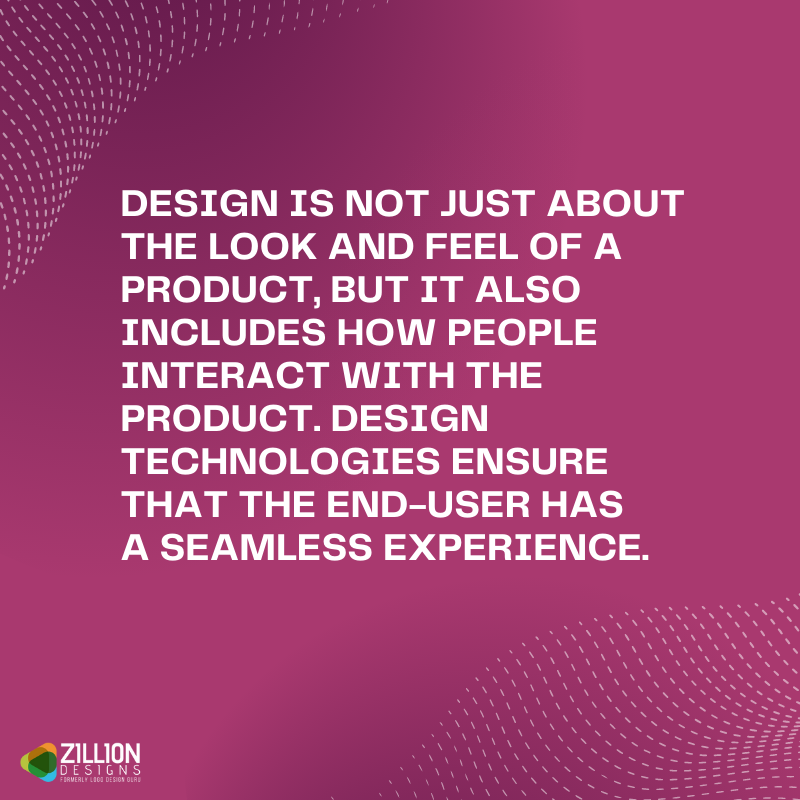
Explore: How Artificial Intelligence Has Changed The Way We Design
Artificial intelligence can count on:
- Machine Learning: Permits software programs to improve their prediction accuracy without being specifically configured to do so.
- Deep Learning: Deep Learning is concerned with algorithms inspired by the function of the brain.
- Algorithms: An algorithm is a collection of instructions for completing a task or solving a problem.
Number 2: Virtual Reality Designing
Virtual reality has several applications in design, from 3D modeling to marketing campaigns. This technology is not just limited to designing virtual environments; it also helps design physical products.
VR is a technology that lets you experience digital content as if it was real life. It is being used for everything from gaming to architecture to education.
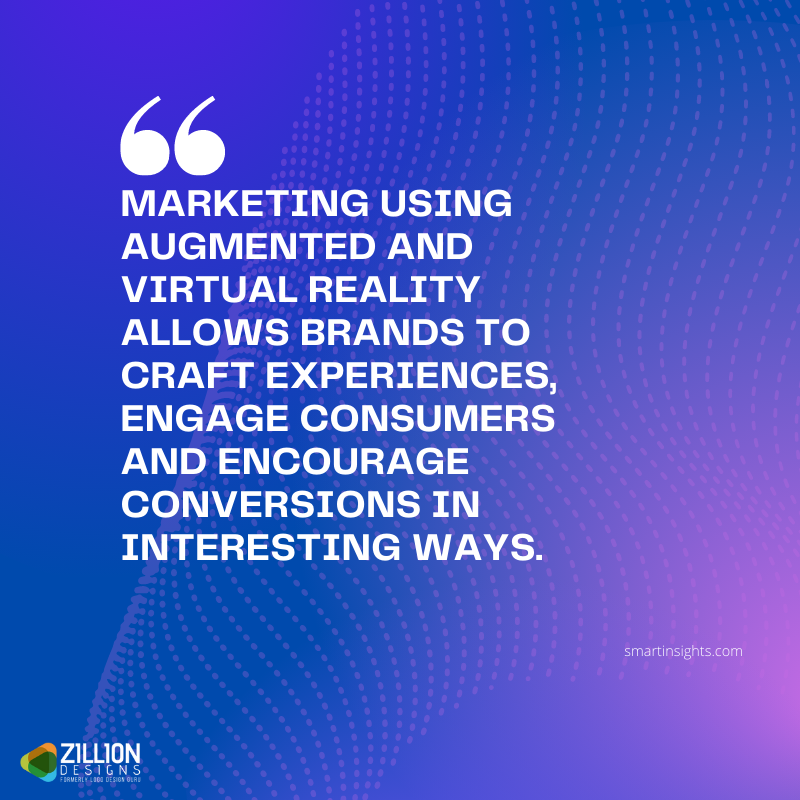
- A neurotechnology business, Neuralink, co-founded by Tesla entrepreneur Elon Musk in 2016, came into existence to produce implanted BMI sensors (brain-machine interface). According to CNBC, Musk predicts that one day, Neuralink will allow individuals to convey concepts and ideas via telepathy and live in a “preserved state” after death that can then be implanted into a robot or another person.
- At the Better World Summit (2021), Bob Cai, CMO at Huwaei, demonstrated how Huawei’s Air Photo would employ proprietary methods to transform a 2D photograph into a digital 3D model, greatly easing AR 3D character creation.
Top tech companies are already using Virtual Reality to design their products differently. Facebook has been experimenting with VR for years and uses it as a tool for product design and marketing. Google’s Daydream Lab also uses VR to explore new ways of designing products in collaboration with its engineers, designers, and product managers.
Virtual Reality headsets work in four ways:
- Field of View: The extent of visible surroundings you can observe at any given time.
- Frame Rate: The level of detail in an image at a given time.
- Positon and Head Tracking: The ability of the device to track the movement of the human body.
- Sound Effects: Designers use sounds, tones, and music to create an immersive experience for the user.
Number 3: Three-Dimensional Designing
3D designing is a technology that has been around for a while now. It is used in the manufacturing and architecture industries. But what are the benefits of 3D designing in the tech industry?
3D designing is an integral part of the tech industry because it allows companies to visualize their products and build them faster. 3D designers can create prototypes of products and make changes before they go into production.
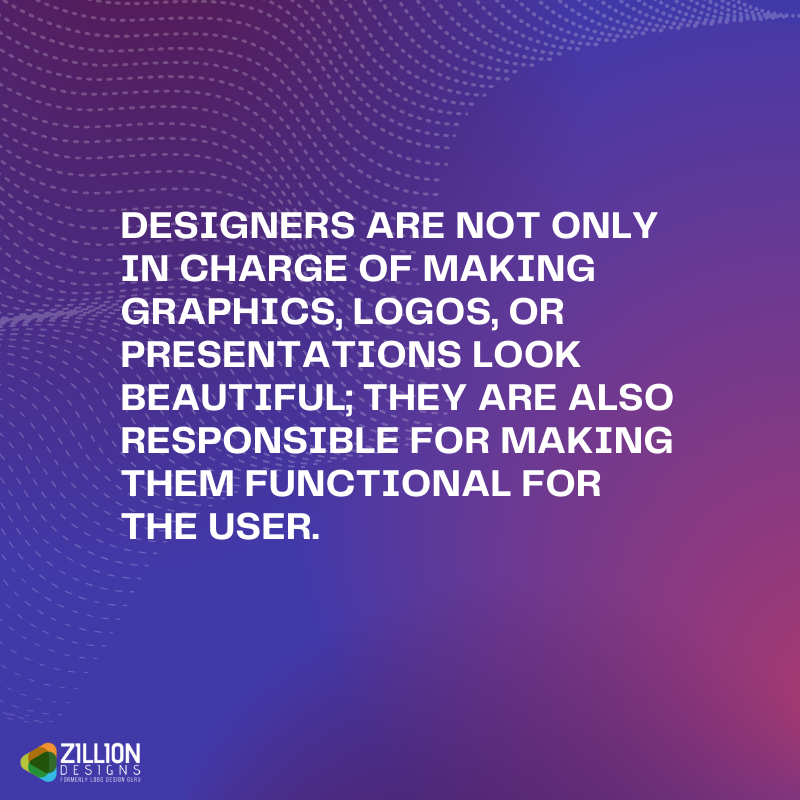
- The automotive industry’s first use of this technology was to create prototypes for cars. For example, BMW has been using it for years to ensure that their cars are perfect before being released to the public.
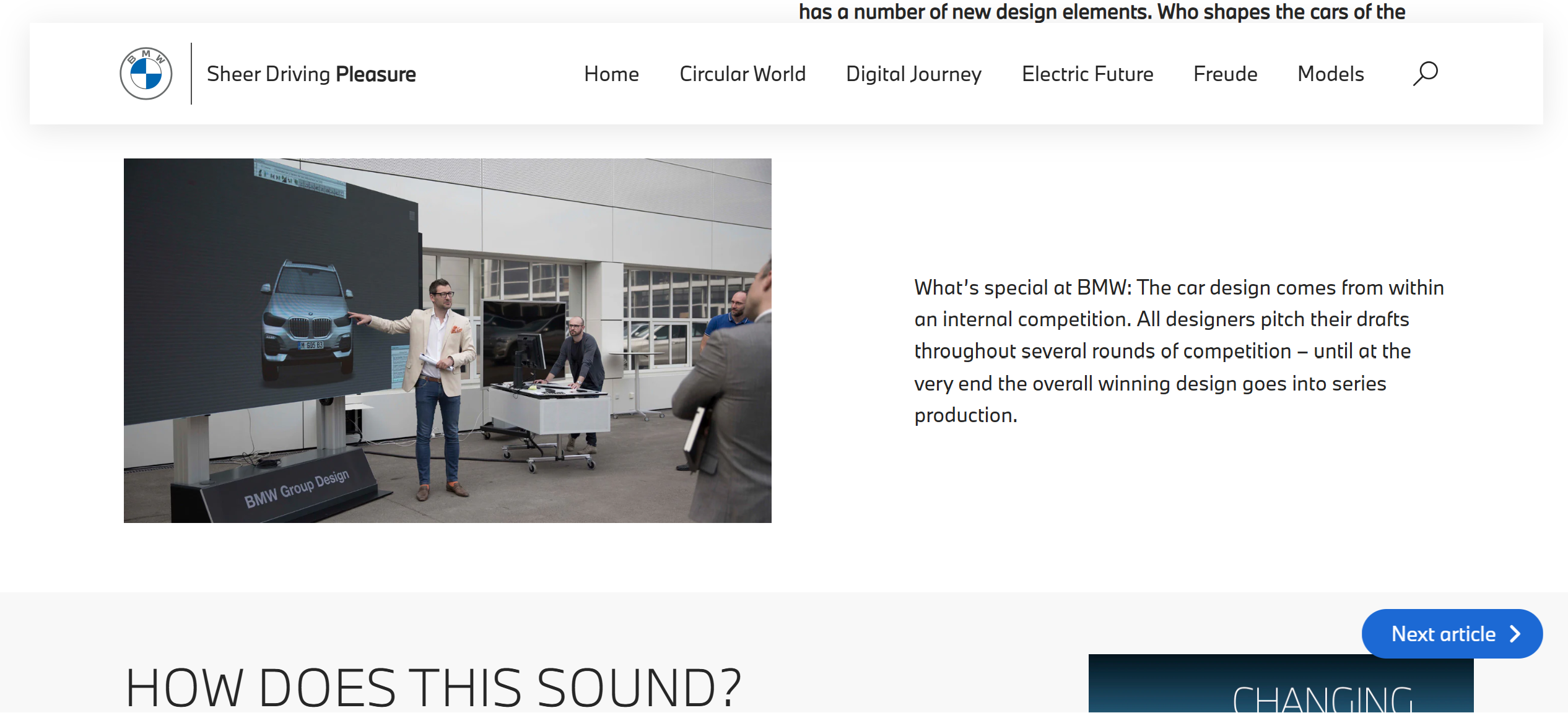
Image Source
The top tech companies use 3D design to create prototypes, models, and even final products. They also use it for product demonstrations or trade show displays for marketing purposes. It is also used for training purposes in addition to its other uses.
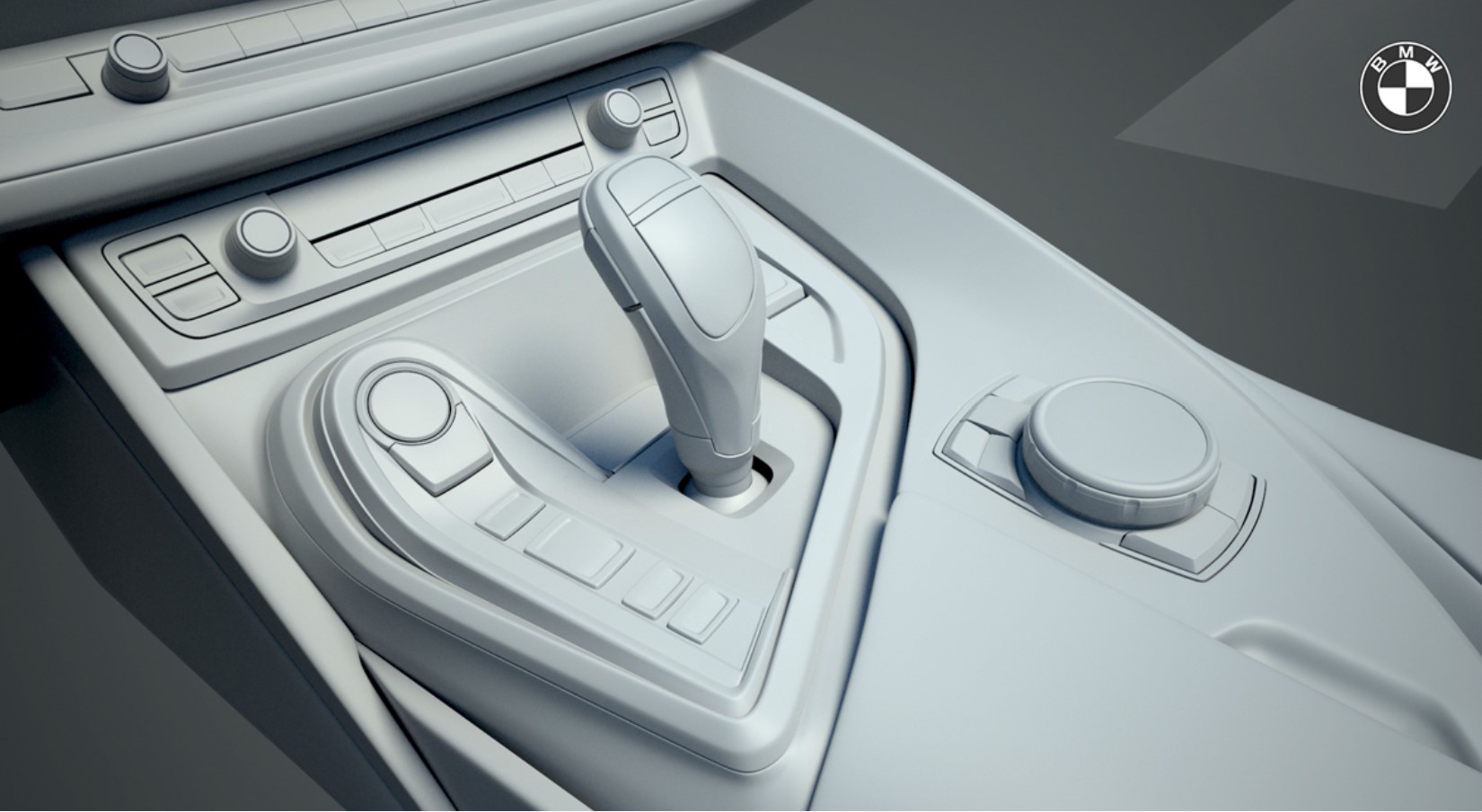
Behance.net/Santosh Suryawanshi
- To build more than 85,000 fuel nozzles for the new Leap jet engines, General Electric made significant expenditures in 3D printing. With generative design, the printers can produce the nozzles in a single metal piece, resulting in a more robust and lighter product than those made on a typical assembly line.
Google uses 3D design to create their products like Google Earth and Google Maps. Microsoft uses 3D design to create Halo and Gears of War. Apple uses 3D design for their iPhones and iPads. Amazon uses 3D design for its online retail store. Facebook uses virtual reality headsets such as Oculus Rift and HTC Vive VR headsets.
3D Designs can be made in two ways:
- Parametric Modelling: Computer-Aided Design (CAD) is the most common way to make three-dimensional models of machines, and other tech gadgets.
- Polygonal Modelling: In this, models are driven by concepts. Instead of relying on measurements, models of objects are made on polygons.
Number 4: Augmented Reality in Designing for Tech
Augmented Reality has the power to revolutionize the way products are designed in the future. Various big tech companies have already used the technology to improve their product design and development.
Augmented Reality (AR) allows computer-generated images to be superimposed on the real world. It is used for many purposes, including product designing. AR can be used to provide an immersive experience for consumers by allowing them to see how a product would look in peoples’ homes or on their bodies.
It is used by many popular tech companies such as Apple, Microsoft, and Google. These companies use AR to create immersive experiences for the users and provide them with an idea of how the product will look in real life.
- Apple hardware and software are engineered to work together to provide the greatest possible AR experience. To allow realistic and engaging AR experiences, advanced cameras, fantastic displays, motion sensors, and powerful graphics processors work in tandem with unique machine learning and cutting-edge developer tools.
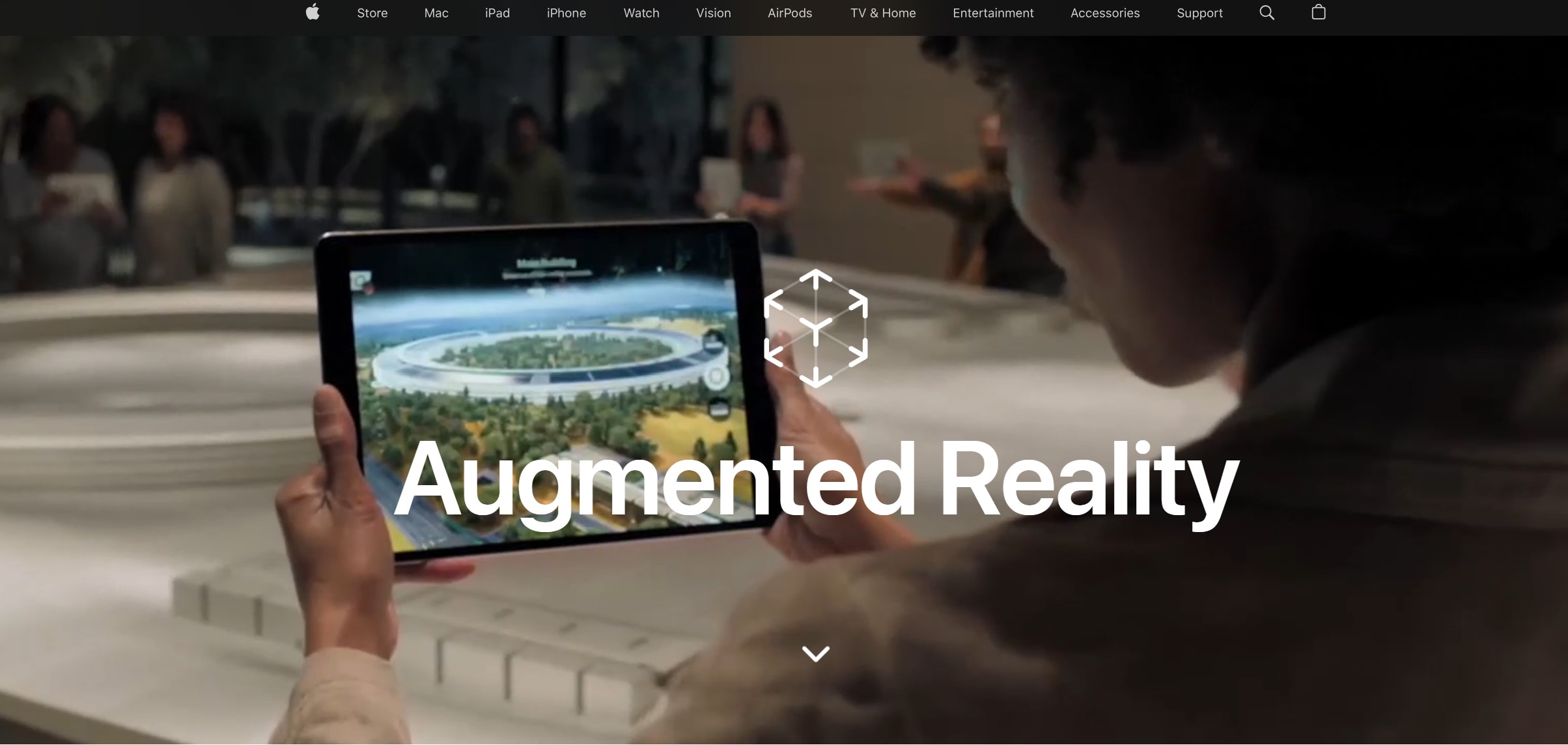
Image Source
Augmented Reality works in three ways:
- Understanding the environment: The AR device is trained to detect its surroundings. By doing so, the system can place virtual objects accurately in a real setting.
- Tracking movement: Motion tracking allows your phone to establish its location in relation to its surroundings. The virtual items may then be placed in their respective locations on the picture.
- Estimating the lighting condition: The device enabled with AR can evaluate the type of light and the amount of light in a surrounding, in order to better place objects.
Number 5: Computer Vision to Design Better Tech
Computer vision is a type of technology that can see. It is a branch of artificial intelligence that deals with how computers can be trained to gain human-like sight. For example, computer vision can generate 3D models from 2D images or determine the size and shape of an object by analyzing its shadow against a planar surface.
Computer vision has many practical and theoretical applications in robotics, industrial automation, medicine, defect detection and visual inspection and other fields. Tech companies use computer vision to design new products. They use it to identify product defects on assembly lines or sort through images posted on social media sites.
Another area where computer vision may be used is marketing. Marketers utilize this technology to enhance targeting and better analyze user behavior. This helps them to design and suggest web banner ad placement according to their preferences.
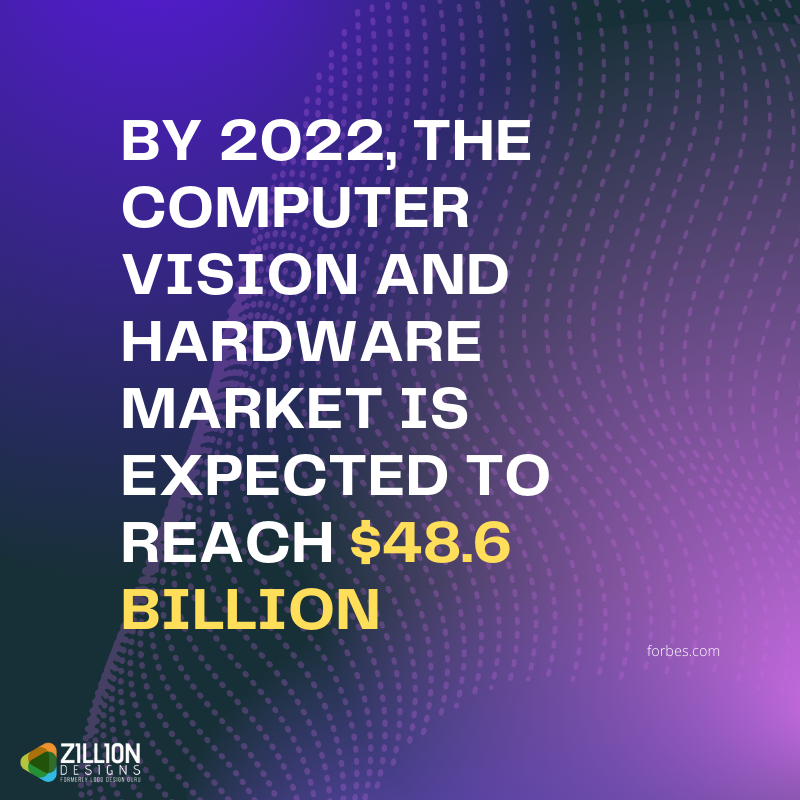
Explore: Organic SEO Vs. PPC: A Practical Guide For Startup Owners
- Computer vision technology assists self-driving automobiles from companies like Tesla and Google. Such tech companies obtain pictures from the surroundings using many cameras, lidar, radar, and ultrasonic sensors so that their self-driving cars can recognize objects, street signs, and traffic signals securely.
Computer vision works in three key steps:
- Feeding Images: The algorithm must be given big collections of pictures that can be gathered from photographs, videos, and other visuals.
- Processing Images: Algorithms allow the machine to learn how to distinguish one image from another on its own.
- Understanding Images: Algorithms evaluate data and perform a specific computer vision job, such as picture recognition.
Design is a key factor in every product and service. It can make or break an experience for a user. How are you using technologies to design better products and experiences?

